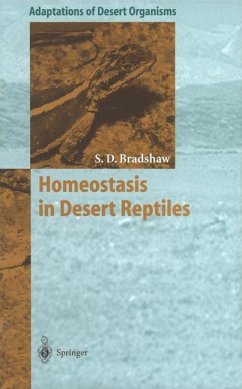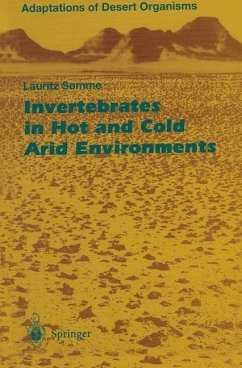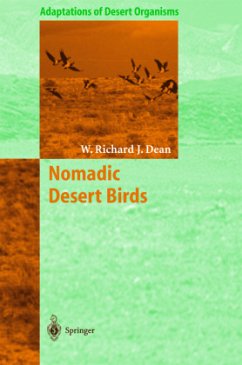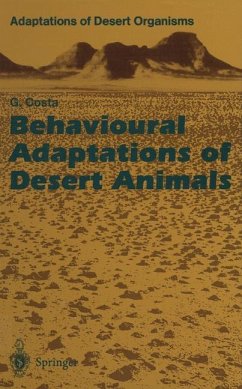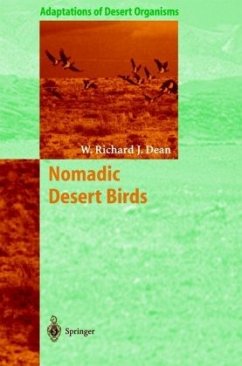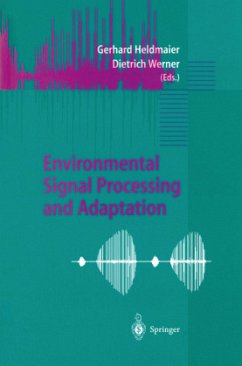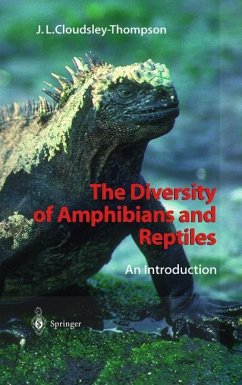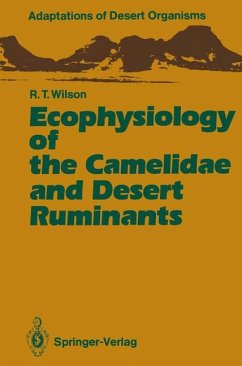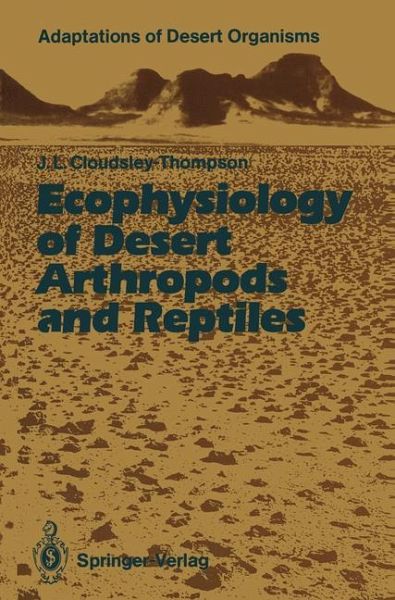
Ecophysiology of Desert Arthropods and Reptiles
Versandkostenfrei!
Versandfertig in 1-2 Wochen
77,99 €
inkl. MwSt.

PAYBACK Punkte
39 °P sammeln!
Ecophysiology of Desert Arthropods and Reptiles starts with a new classification of the world's deserts, based upon the type of precipitation and the effect on their faunas of arthropods and reptiles. This is followed by an account of microclimates and the avoidance of environmental extremes. Whereas thermoregulation is primarily behavioural, responses to water shortage are largely physiological. Seasonal activity and phenology are described, adaptations for burrowing, the avoidance of enemies, and defence, are also outlined. A comparative account of interspecific relationships, feeding specia...
Ecophysiology of Desert Arthropods and Reptiles starts with a new classification of the world's deserts, based upon the type of precipitation and the effect on their faunas of arthropods and reptiles. This is followed by an account of microclimates and the avoidance of environmental extremes. Whereas thermoregulation is primarily behavioural, responses to water shortage are largely physiological. Seasonal activity and phenology are described, adaptations for burrowing, the avoidance of enemies, and defence, are also outlined. A comparative account of interspecific relationships, feeding specializations, and species diversity in the two taxa is described. The purpose of the book is to provide a new and up-to-date analysis that will stimulate further research along these lines.





